Remembering the Woman Who Taught Princess Diana Philanthropy
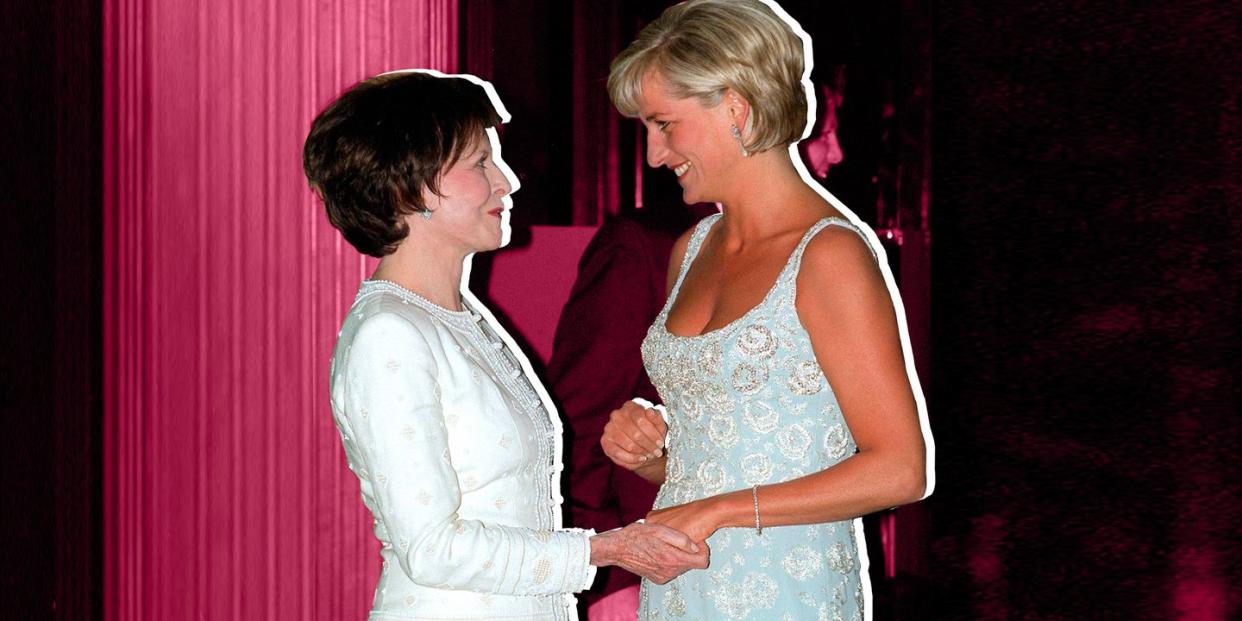
Perhaps the name Marguerite Littman is one you don’t know, but I suggest you have your eyes examined if you missed any of her many obituaries when she died in late last fall.
The New York Times, Vogue, Air Mail, the Times of London, and CBS Sunday Morning all covered her extraordinary journey: from obscurity in Louisiana to 1950s Hollywood, 1960s New York, and eventually—from 1965 on—the surveying and orchestrating she did for the inner circle of celebrities, royals, and titans from her stately perch at Chester Square in London. Although I enjoyed these articles (many of which pointed out that she was among Truman Capote’s inspirations for the character of Holly Golightly in Breakfast at Tiffany’s) I really missed the personal connections the obit writers couldn’t provide. So, I thought I’d ask her many friends—our mutual friends—for words of their own to eulogize this great lady.
The list came rather easily: I remembered fellow guests I actually broke bread with over the years at Marguerite’s famous lunches—and a few dinners, although she really preferred to entertain at lunch; the “liquid lunch” as Nan Kempner called her gatherings.
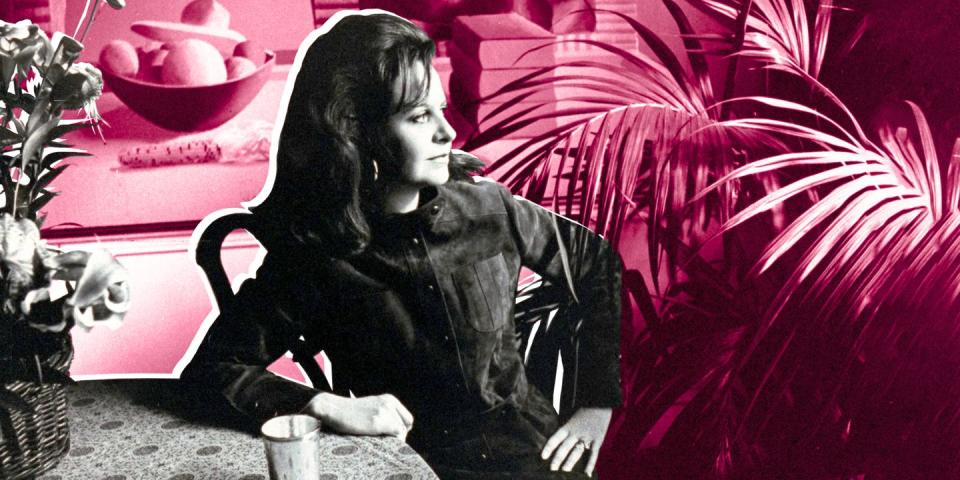
And though I shared so many roast lambs, chicken-and-raisin pies, twice-baked potatoes, chocolate soufflés, and ile flottantes with the likes of Diana of Wales, Gore Vidal, Kenneth Jay Lane, The Maharani of Jaipur, Mark Birley, Margaret, Duchess of Argyll, Dominick Dunne, Dennis Hopper, Bobby Short, John Richardson, or Connie Wald, I couldn’t ask them to weigh-in because—let’s put this as delicately as we can—they simply weren’t available.
As for the friends who are still with us, here are their memories of the magnetic, madcap, nothing-short-of-magic character who I was lucky enough to have known for nearly three decades.
Bridget Bell: When Marguerite would arrive at an AIDS Crisis Trust event, hours having been spent setting up the venue along the lines requested over several meetings, she would change absolutely everything.
Once, the National Portrait Gallery was reduced to candlelight-only for a gala dinner because the subtle electric lighting was deemed too bright for the intimate atmosphere of the evening. The result was that no one could see what they were eating, and the staff could barely see who or where they were to serve. The Director was in despair about the insurance should the place go up in flames, but Marguerite was not to be dissuaded: the atmosphere of the event was paramount to its success.
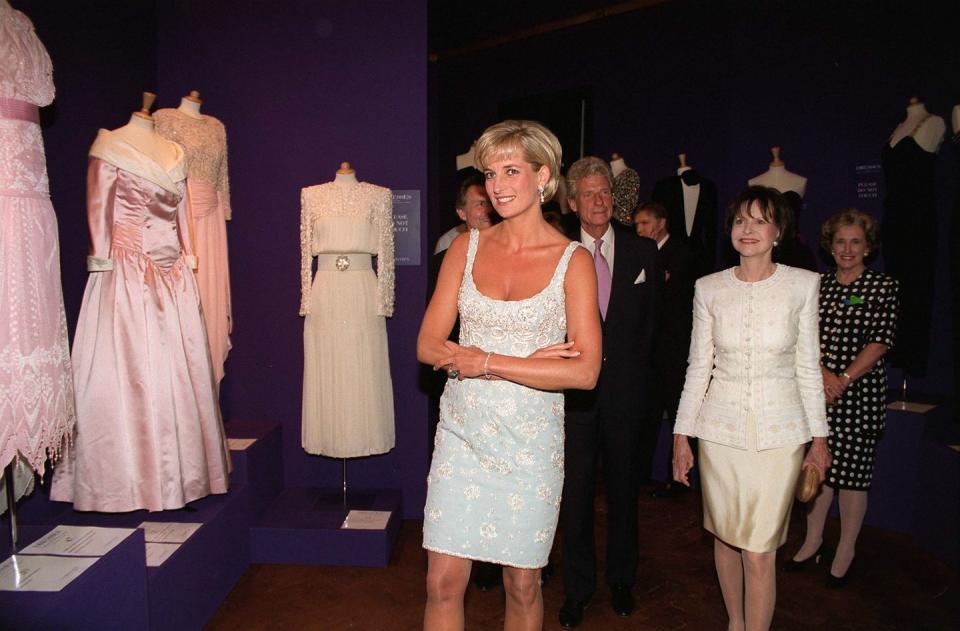
But guests were always wowed by AIDS Crisis Events which, as a result, sold out to a glamourous list of guests who would broadcast the message about AIDS or the release of a new film far and wide ensuring coverage in the national press. Huge sums of money were raised. Government health policy was influenced. It made a big impression on me: there was everything to be said for setting high standards and for making sure they were achieved. The triumph was in the detail and I have never forgotten this.
Deeda Blair: I will always think of Marguerite as unique and apart from all others. There were multiple layers of a creative and interesting life—she was totally charming, intelligent, curious, funny, and enchanting. In conversations she gracefully drifted in and out of different subjects often saying the unexpected. There was always an awareness and thoughtfulness that went beyond. At the core of her life were remarkable friendships.
We became friends in Venice in the 1970s, however we became particularly close in the early ’80s as we both were deeply involved in AIDS. At that time, people were extremely slow to recognize the tragedy of what would become the AIDS pandemic. They thought it to be a disease of gay men and drug addicts. Marguerite deserves great credit for transforming attitudes. One time she even had Cardinal Hume for lunch and while telling him about the pandemic asked if he could give her an old nunnery for AIDS patients. He said he could not just hand over a convent, but eventually he did give her a wing in St. Mary’s hospital. In a memorable life, her greatest achievement was her AIDS advocacy.
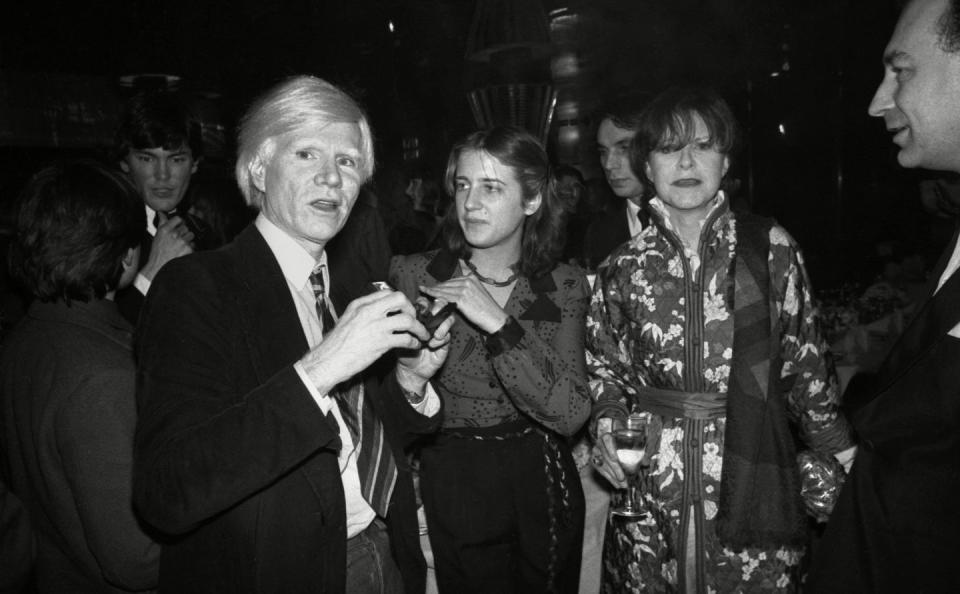
Nina Campbell: I met Marguerite when I was 17 or 18 and just working for Colefax and Fowler. I started doing needlepoint tapestries for the sole reason that the busses in London had three seats. I used to go to work on the bus and realized that the best way to keep the seat beside me empty was to do needlework, as no one wanted to get pricked by my needle!
Marguerite commissioned me to do an orange hexagonal number for a child’s chair in her glamorous second floor double drawing room, which David Hicks had helped her do-up when she moved to Chester Square. I understand it’s still there. All of London was dazzled by her thick Southern accent, and that she’d taught Elizabeth Taylor to talk Southern for Cat on a Hot Tin Roof. It was electrifying compared what went on in the rest of London in those days. In fact, Marguerite’s world was what I would call “sophisticated loucheness.”
Jimmy Davison: What to say about Marguerite? She will never leave me. I found her a brilliant, enchanting flame who cast such mysterious shadows.
Lisa Fine: Marguerite was a true original whose magnetic personality exuded an old Southern charm and quirky English eccentricity that bedazzled everyone from butlers to queens worldwide. I was lucky enough to meet her through my friend Ivana Lowell, who Marguerite considered her “chosen daughter.” We shared many lunches of raw oysters and dressed crab washed down with endless bottles of Domaine Ott. Regardless of the date, Marguerite always toasted “to Mother’s Day” as every day in her world was a celebration.
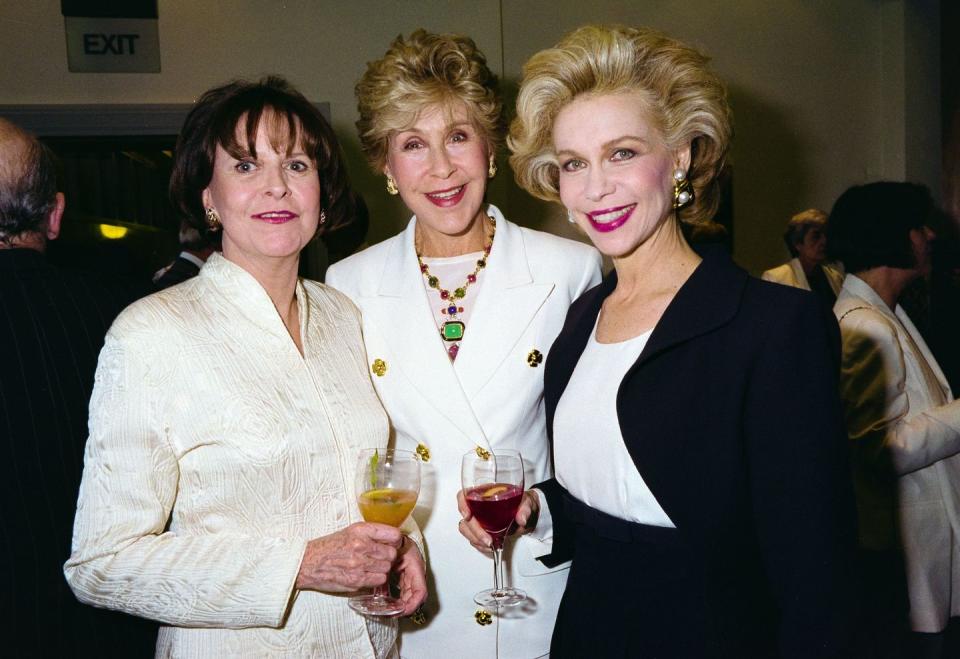
Belinda Harley: “Isn’t oil a drag?” Marguerite drawled to me, raising one eyebrow. It was the beginning of the 1980s and we were guests at a dinner where a pompous politician was lecturing our table about the oil crisis. Marguerite, he had most unwisely dismissed as merely a social butterfly; I was too insecure to take umbrage at his patronizing tone. But while his message of self-satisfaction blared over us, she and I had quietly discussed the oil crisis. I discovered it had not been the comment of an airhead, but richly ironic: Marguerite was incredibly well-read and savvy. Her eyes flashed me a look of mischief as, just before leaving, she flirted with the man who had patronized her—and, effortlessly, enslaved him.
Her brilliant barrister husband Mark was one of those who recognized this shining trait of Marguerite’s, that beneath the socialite was a fearsome intelligence; allied to quite staggering feminine insight. “Is she a friend of yours?” Marguerite once asked me, of a woman who called me all the time. This made me stop, think, and wonder, was I was being used? Marguerite never spoke ill of people, so she had simply and adroitly asked me a question. She was better at life than most of us.
She was also a magnet for the creative: writers, artists, actors, dramatists, musicians were all drawn to her. Whether it was the great Jessye Norman (the Littmans arranged that she could swim, stately as a galleon, in the Berkeley hotel or RAC Club pools, whenever she visited) or Richard Avedon, for whom Marguerite supplied the people, places, and situations that fed his imagination. To look at her, one would never suspect how she had contact with mental and penal institutions, with the disenfranchised and the suffering. Elizabeth Taylor was a constant in her life, both as a friend from “way back” and as a rather high maintenance guest in London. David Hockney was very fond of her, and I think he recognized that what she was doing with the AIDS Crisis Trust was not for show. It was very hard work: heads of teaching hospitals and research professors respected her; the toughest of corporate sponsors discovered her professionalism. When the Princess of Wales began to take an interest in AIDS as a cause, it was to Marguerite that she looked for inspiration rather than vice versa.
Some time after Marguerite started AIDS Crisis Trust, I started work at the Palace, as the first woman private secretary to the Prince of Wales (who immediately liked her, too). It became my job to attend charity galas and events almost every day, so I can testify that Marguerite’s events were more fun than anybody else’s. She was and is unforgettable.
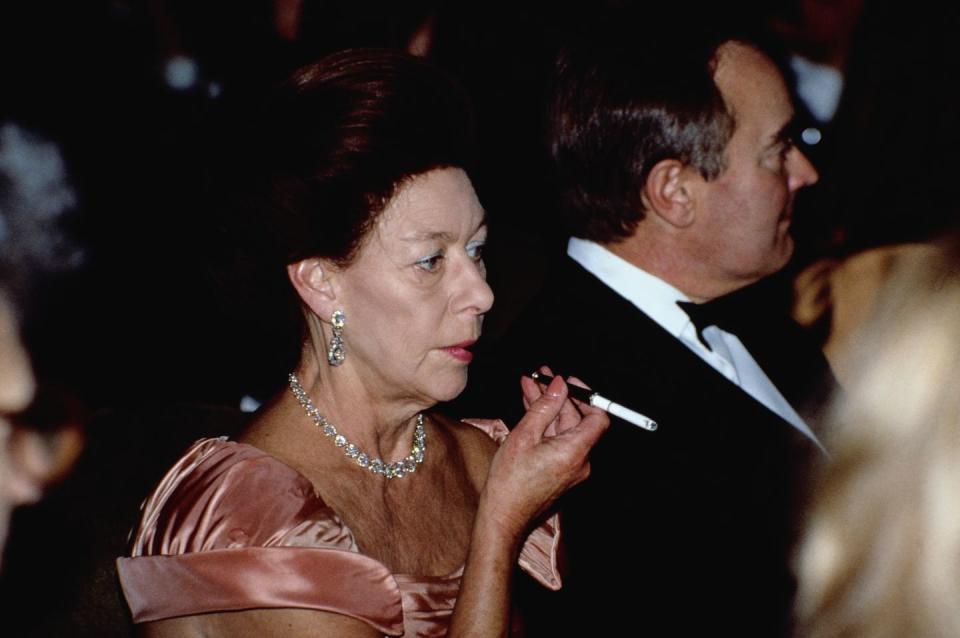
Bobby Harling: Every moment in Marguerite's presence was magic. Her wit and intelligence could cut glass. She understood the alchemy of personality and was determined that everyone who was interesting meet everyone else who was interesting, resulting in her fabled lunches that dazzled with conversation and legendary food. Her generosity and her compassion were limitless. I suppose the thing about Marguerite that made her most fascinating to me was [that] even though she was an international best-dressed socialite, a tireless philanthropist, and someone who could open any door anywhere with a simple phone call and her drawl, way down deep she still remained the same wide-eyed teenager who used to don big sunglasses, sit on the bench outside the bus station in Monroe, Louisiana reading Women's Wear Daily, and dream of the world that she would one day completely conquer.
Nicky Haslam: Darling Marg being ‘there’ but ‘not there ‘for so long somehow endowed her with the aura of the gods and sprites, of houris and djinns. Of wish-granters and dream-fulfillers. She entertained the world not in the Elsa Maxwell sense but as a fountain-nymph cultivating flowers from the roots she intrinsically divined in people.
Brooke Hayward: Those lunches! Such delicious food. That gorgeous dining room with the antler chandelier! It was really hard to figure if the lunch was more delicious than the company or vice versa.
Carolina Herrera: “Yes! come for dinner or lunch!” This is what I think about Marguerite. What an extraordinary woman, intelligent, so very witty and lots of fun to be with for so many years. Going for lunch at her house in London was always, somehow magical.
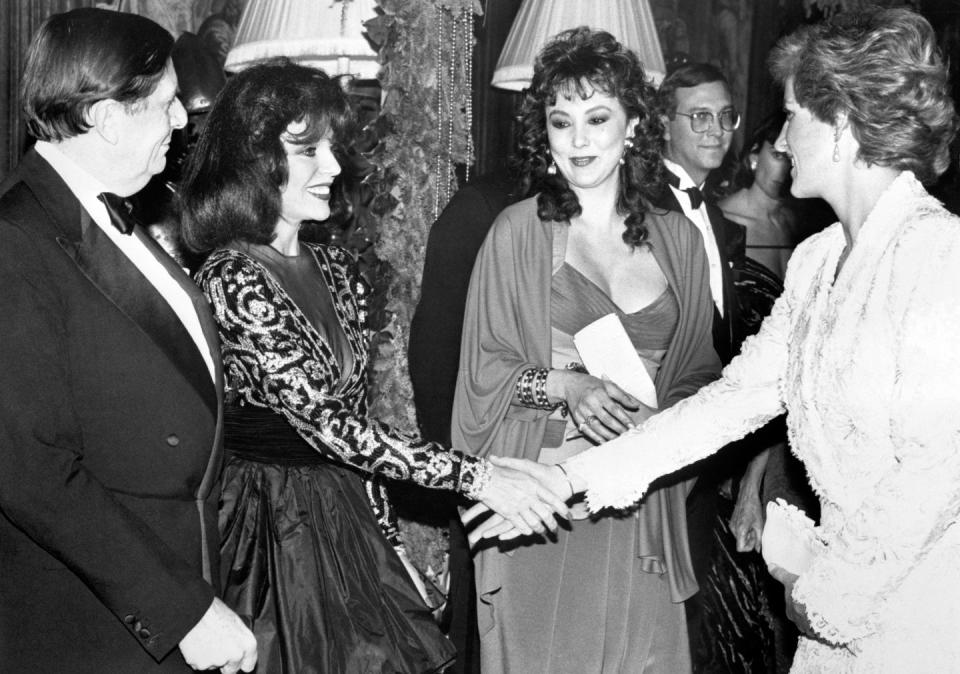
Marin Hopper: In the late 1980s I was visiting a boyfriend I had in London over the Thanksgiving holiday weekend. When I arrived, I received a phone call from Marguerite, whom I had known through my parents my whole life. She said “Marin, you must come for lunch for an American Thanksgiving celebration at my house with friends. You are zig-zag and so you must be there.” Zig-zag was an endearment which Marguerite used to describe people she loved and thought were crazy and fun enough to have around.
Needless to say, I was delighted to be included. I was thrilled to have a visit with Marguerite and to attend lunch at her most extraordinarily divine dining room decorated by David Hicks. I always remember being taken by the set of famous silver Buccellatti salt and pepper shakers in the shape of artichokes that adorned her table under the chandelier made out of reindeer antlers. I couldn’t tell you everyone who was at the lunch, although I am sure it was seated for 10 people. Of course, there was Marguerite and her husband Mark, but also there was Bianca Jagger, whose style and beauty I had long admired. She had just arrived off the plane from New York City and came straight for lunch at Marguerites. Always the most sought-after invitation!
Ivana Lowell: I can’t remember who she was talking to—maybe Nicky Haslem or Jimmy Davidson—but she was telling them a story and they said, “Oh, Marguerite you are such a name dropper!” She replied innocently, “Ah can’t help it if everyone ah know is famous!”
I was first aware of Marguerite after my uncle Sheridan died of AIDS in the early 1980s. At that time, AIDS was still very much a taboo subject, and no one wanted to acknowledge or talk about it. Marguerite had been a close friend of my uncle and she had also recently lost another close friend, the actor Rock Hudson, to the disease.
Marguerite was not one to shy away from an uncomfortable situation or subject and so she determined to establish a charity to raise money for AIDS research. My mother took me over to lunch at her elegantly sumptuous house in Chester Square, and by the end of several courses of delicious food and wine, Marguerite had charmed us to be on the board of her charity. After lunch, we went up the many stairs to her office and she persuaded us to start writing begging letters to every rich person we knew asking each for a £100 donation.
At first, we were useless and shy. Asking for money, however good the cause, was just not in our nature. We laughed as we realized how completely pathetic we were, we had never done it before, and it went against every bone in our bodies. However, Marguerite kept the encouragement, the jokes, and, of course, the excellent champagne flowing and as the afternoon turned into evening, we became braver and more emboldened in our efforts.
By the end of the day, we had written over three hundred “begging” letters. That was the beginning of what would become AIDS Crisis Trust, Marguerite‘s hugely successful charity which included Princess Diana and Elizabeth Taylor amongst its many other illustrious patrons.
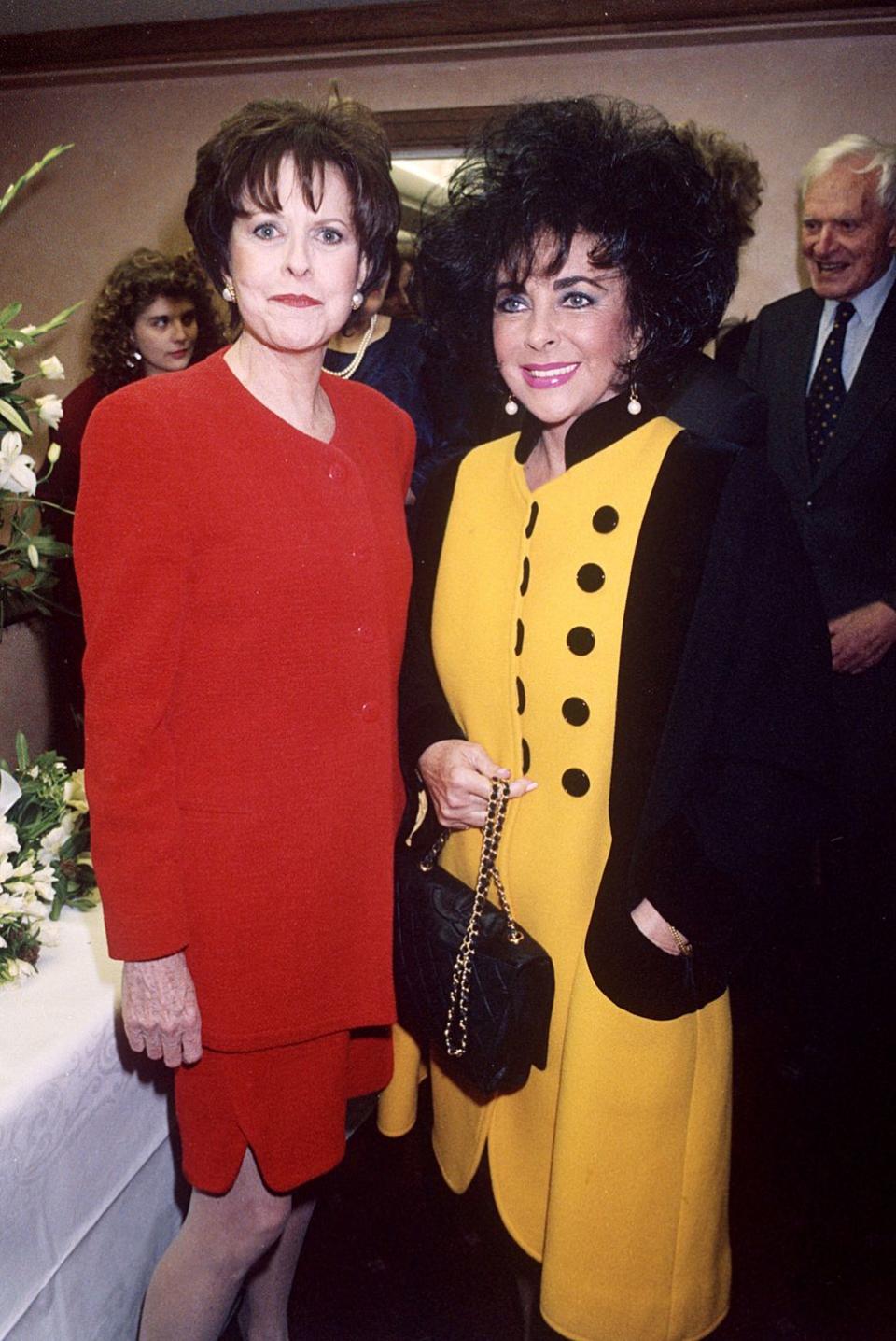
Marguerite may have had the appearance and demeanor of a fragile Southern doll, but underneath her immaculate Bill Blass suits, black bobbed hair and huge smile, she was gritty and determined. She was completely unique and wonderful. I shall miss her enormously.
Boaz Mazor: She was always he first stop in London for me. “Don't miss my lunch, Boaz! Elton John and Kenneth Lane will be there.”
I would arrive in the morning to London, change my clothes, and go to her lunches for this wonderful jambalaya, and of course her soufflés were fantastic. When you got there, you knew you were in the right London: Christopher Isherwood, David Hockney, Andy Warhol, Fred Hughes, Josephine Loewenstein, Ronald Fuhrere, a mixture of very glamorous, beautifully dressed people. She made it fun for all of us and gave the energy you needed when you arrived in a new city.
Duncan McLaren: Marguerite normalized life for many people and took the stigma away from the AIDS crisis. It was a genius move to involve the Princess of Wales! She was a one-off, an original with a huge sense of humor and taste for mischief.
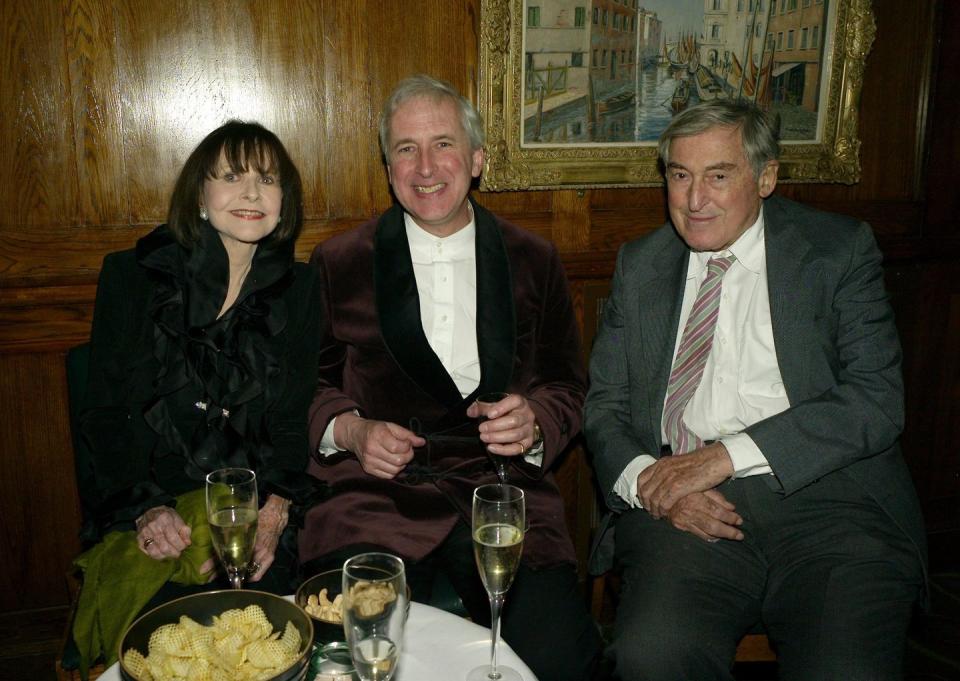
Lyn Rothman: Marguerite walked each morning from her house in Chester Square to the hairdresser Hugh at Hugh and Steven on Ebury Street, wearing dark glasses and a large black hat pulled low over her face. Soon after I joined her—before our office was properly set up and we had AIDS Crisis business to discuss, usually up-coming events—she would insist, so that we didn’t waste time, that I should meet her at her hairdresser. Soon, I was manipulated into changing my hairdresser to hers, changing my hairstyle and spending double what I had been paying before!
One day I arrived carrying an Armani bag. “Oh,” she said, “you’re such a Spenderella.” I loved it coming from Marguerite, a real shopper and who was at that time on the International Best Dressed List.
We often lunched together with her rather grand friends. “Oh, do come, I’ve got Elizabeth coming," or "Tennessee," or "Diana," never giving them a surname. Her guest list was always, as you know, fascinating.
When I agreed to join her at the charity, I told her that I would give up my decorating career and dedicate myself to ACT but that I absolutely could not ask for money. She agreed. My husband Mo was in the entertainment industry and I suggested that we do screenings of films before their release. She thought it a great idea and asked me to ring friends in the film world. I hated the idea of using Mo’s contacts and asked her to speak if I gave her the numbers. I gave her Sherry Lansing’s direct number at Paramount Studios which she headed. Marguerite dialed, Sherry came in the line, and she handed me the receiver. With heart pounding and hand trembling, I mumbled and tried to explain that I was involved with fund raising for AIDS and would be grateful if we could have screenings in London. Sherry was not only thrilled but said that the Industry could not afford to be seen not supporting the AIDS crisis. She was on board and opened many doors for us.
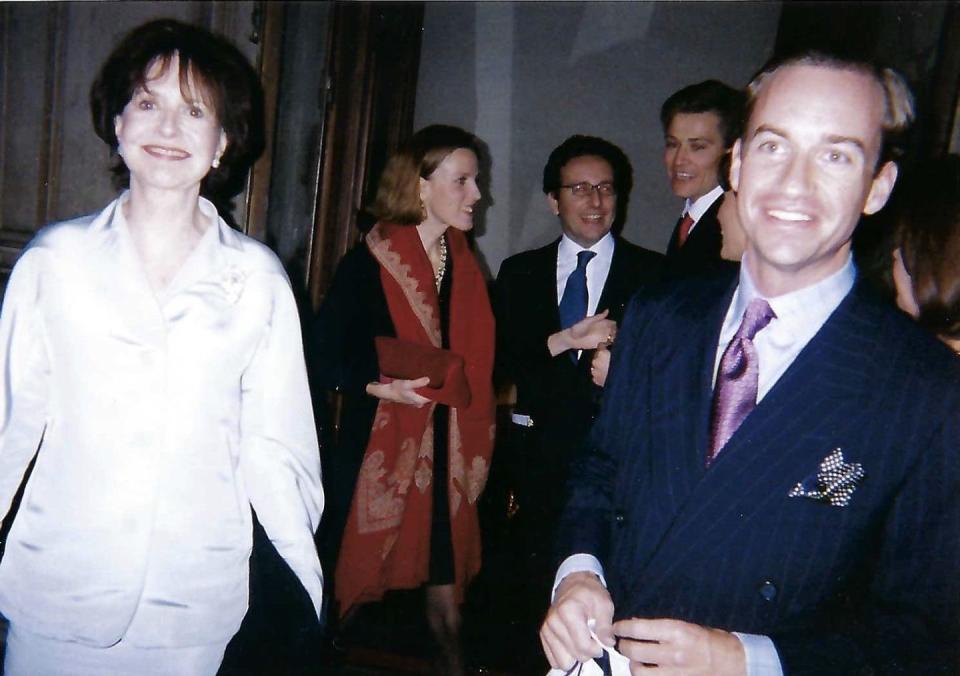
Marguerite said something I’ve always remembered! “You’re not raising money for yourself, it’s for people who are dying.” Gradually I became more confident and the ghastly cruel responses to funding requests went over my head.
Wendy Stark: I loved going to those all-day lunches at Marguerite's flat on Chester Square. On one occasion, we finished lunch and went to look at her new addition to the house. We were John Bowes Lyon, Mercedes Kellogg, Donald Munson, a few others, and me. A “funny” cigarette was passed around as we sipped limoncello. Marguerite played new music she had made from the DJ at Annabelle's. We danced until dinner or Mark came home from work.
Ella Windsor: Marguerite was a treasure and a dear friend. Always chic. Always tongue-in-cheek. Every lunch at her elegant London home would feel like a scene from a play, given the lines she would speak and the characters she would invite, not to mention the stories from her many lives. These she would recount, wide-eyed in her light, delightful Southern voice. There was something so delicate and feminine about her (hair in a bob; pretty clothes) that at times she seemed like a little girl. Yet she was also ever savvy and astute and had a razor-sharp wit. I remember how well she would often sum up a person or situation (most of her closest friends had nicknames she made up, including various animals, always voiced with gentle endearment). She was deeply kind and sensitive and admirable in her generous support of the people and causes close to her heart.
You Might Also Like

